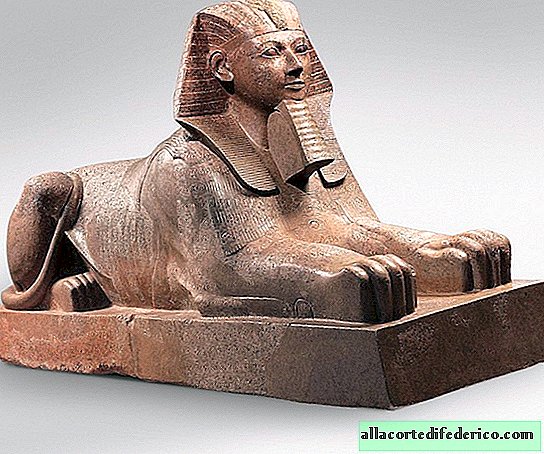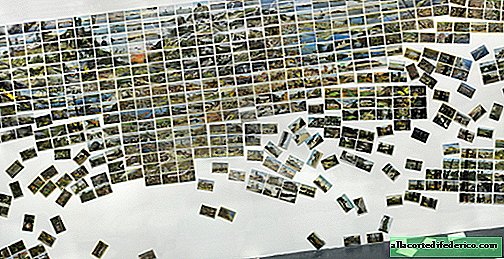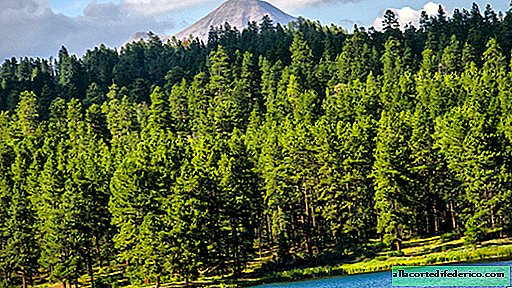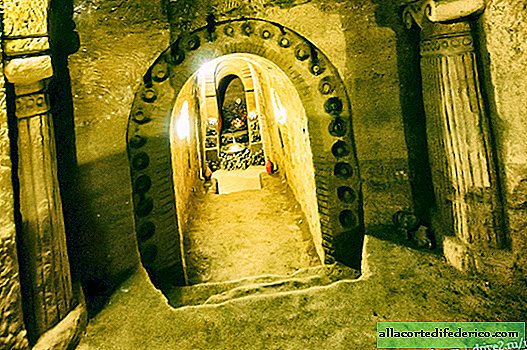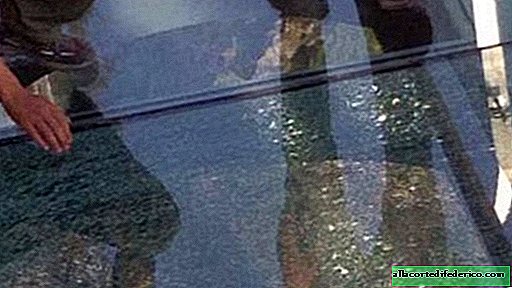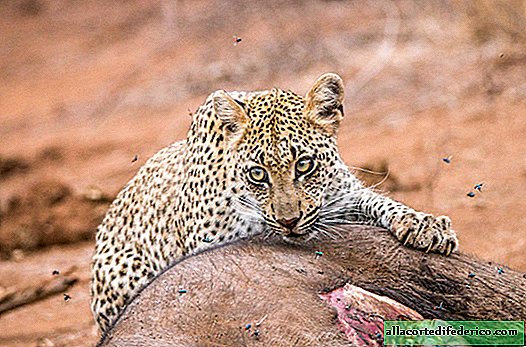Top 10: geniuses of camouflage in the animal world
To become invisible during hunting or not to be eaten by enemies, many animals resort to various tricks, including camouflage. Let's see who succeeded in creating camouflage better than others and by what mechanisms they manage to do it.
Leaf butterfly or callim
These butterflies that live in Southeast Asia and Africa close our ten most inconspicuous animals. The upper side of their wings is brightly colored, and the lower in shape and color is similar to a dried leaf of a tree. This technique of disguise in the animal kingdom is called mimicry.
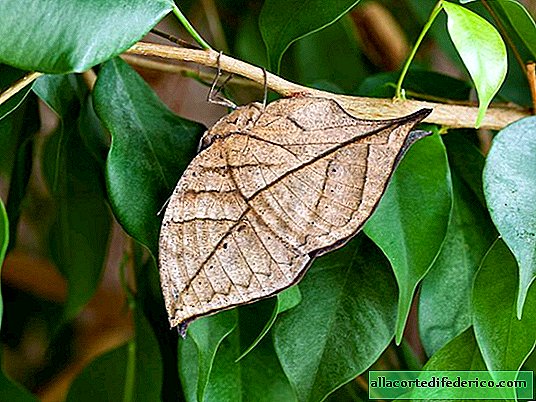

Rag Seahorse
In ninth place is a virtuoso of disguise that lives in the coral reefs of the Indian Ocean. The horse is not more than 35 cm in size. Representatives of this species of fish are notable for the fact that their whole body and head are covered with processes that mimic the thallus of algae. They serve to mask during shrimp hunting and to protect against predators.


Madagascar flat-tailed gecko
Several species of these lizards differ in some color variations, but in general they very successfully imitate dry fallen leaves.


Owl
In seventh place are representatives of birds - owls. These are quite large birds of prey, which have a color that makes them invisible against the background of trees. This is especially useful for little owls. Since owls hunt at night, they would rather need such camouflage for a good day's sleep, so that no one would disturb tired sleepyheads.


Flower spider
He does not weave cobwebs, but obtains food in another simple way. Due to its bright yellow color, he can quietly settle on a flower and wait for the food to fly to him for lunch.


Gray aulia
The chicks of this bird, which lives in South America, mimic under the poisonous caterpillars from the Megalopygidae family. Not only do they have a bright orange color and long fluff that makes them look like caterpillars, they also move their heads from side to side, thereby creating the impression of a moving caterpillar.


Flounder
This fish, living on the seabed, is surprisingly flat in size and can take on a body color that matches the surrounding bottom landscape. This is a fundamentally different mechanism, more complex, which is as follows. Fish eyes "reads" the pattern and color of the bottom. From the eyes, the signal enters the spinal cord. It transmits a signal through nerve fibers to special cells on the surface of the body - chromatophores. In just 5 minutes they change their color to camouflage. But in order to reproduce to the smallest detail all the nuances of his surroundings, the flounder will require more time.

Orchid mantis
This view is very comfortable in life. Having acquired in the course of evolution a body resembling orchid flowers, he successfully uses this to extract food, which becomes gullible pollinating insects. Death in the form of a delicate flower.


Chameleon
The color change is associated with the structural features of its skin. In the outer fibrous and deeper layer of the skin there are special branched cells - chromatophores containing grains of various pigments of black, dark brown, reddish and yellow colors, with the help of which he adjusts his color to the world around him.


Octopus
The octopus rightfully occupies the first line of our list of outstanding maskers among animals. In addition to changing colors in accordance with the environment, he is also able to imitate various marine life. This animal is simply the genius of theatrical art.

